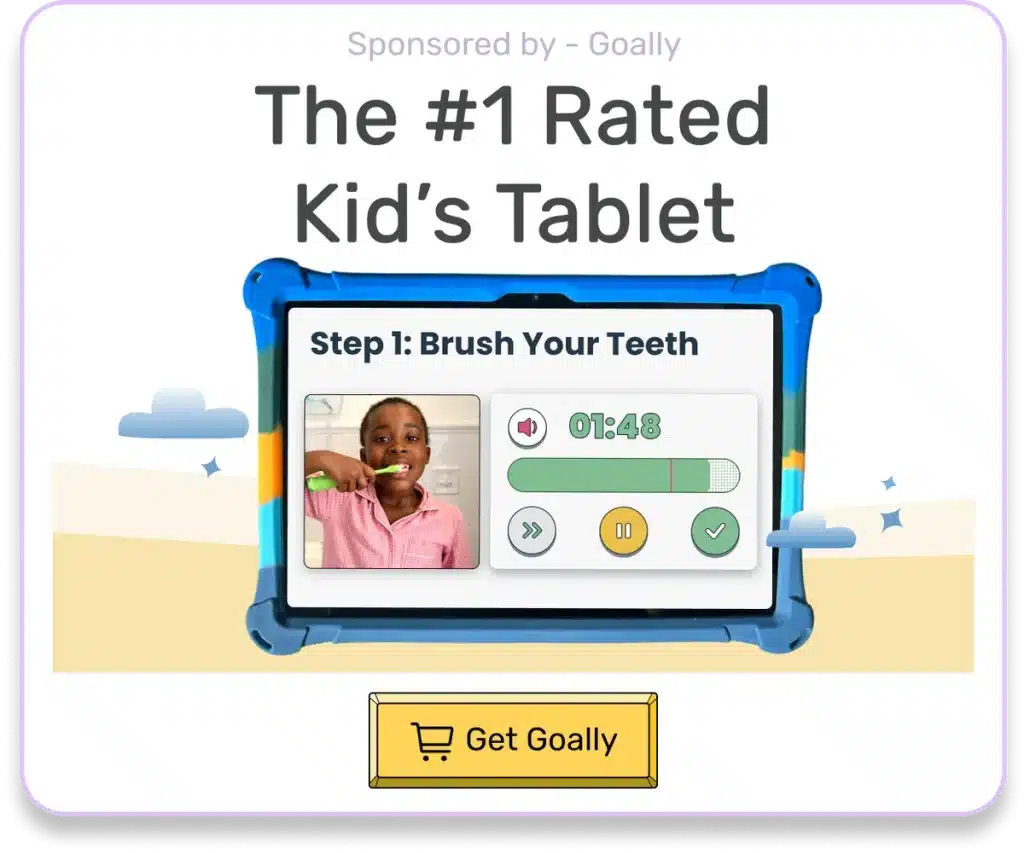As someone who works closely with children, I’ve encountered numerous cases of Pathological Demand Avoidance (PDA), a rare behavioral phenotype of Autism Spectrum Disorder (ASD). PDA causes kids to have an intense need to resist demands, often leading to intense meltdowns or outbursts. It’s a complex condition that can leave parents feeling helpless and overwhelmed. Let’s talk about the PDA symptoms in a child.
Table of Contents
Understanding PDA: A Unique Perspective
Imagine a child who adamantly refuses to put on their shoes or coat, even when you’re running late for school. Or picture a situation where a simple request like cleaning up toys triggers a full-blown tantrum. These scenarios are all too familiar for parents of children with PDA.
At its core, PDA is characterized by an extreme aversion to everyday demands and an overwhelming desire for control. Children with this condition may use various strategies to avoid demands, including:
- Delay tactics (e.g., procrastinating, distracting)
- Negotiating or bargaining
- Shouting or falling to the ground
- Claiming body parts don’t work
- Engaging in difficult or dangerous behaviors
The Emotional Rollercoaster
For parents, navigating the ups and downs of PDA can be an emotional rollercoaster. One moment, you’re dealing with a seemingly minor request that spirals into a full-blown meltdown. Next, your child is calm, affectionate, and engaging.

According to a study by the National Autistic Society, around 25% of children with autism exhibit PDA traits. While the condition is rare, its impact on families can be profound.
Strategies for Smoother Sailing
While there’s no one-size-fits-all approach, certain strategies can help manage PDA symptoms and create a more harmonious home environment. Adopting a collaborative and flexible approach, rather than relying on demands, can often defuse potential conflicts.
According to a case study published in the Journal of Autism and Developmental Disorders, a child with PDA showed significant improvement when their parents shifted to a more collaborative approach, involving the child in decision-making processes.
Additionally, fostering a child’s interests and channeling their energy into positive outlets can be incredibly beneficial. When kids with PDA feel understood and have their autonomy respected, they’re more likely to engage and cooperate.
Embracing Neurodiversity
While PDA can present unique challenges, it’s crucial to remember that every child is an individual with their own strengths and quirks. By embracing neurodiversity and celebrating each child’s uniqueness, we can create a more inclusive and understanding world.
I’ve witnessed firsthand the remarkable resilience and creativity of children with PDAs. They can thrive and achieve remarkable things when given the proper support and understanding. It’s a journey that requires patience, empathy, and a willingness to think outside the box.
| Key Points | Explanation |
|---|---|
| Understand PDA | Learn about the unique characteristics and behaviors associated with PDA. |
| Adopt Flexibility | Embrace a collaborative and flexible approach rather than relying solely on demands. |
| Foster Interests | Channel your child’s energy into positive outlets and activities they enjoy. |
| Embrace Neurodiversity | Celebrate your child’s unique strengths and quirks, fostering an inclusive environment. |

Goally | Apps That Build Behavior & Life Skills for Kids
Want to keep your child motivated while building essential behavior and life skills? Goally’s skill-building tablet is designed to celebrate small wins and help your child grow.
Our Behavior Tracker helps you reward your kiddo for specific skills, like “being kind” or “flushing the toilet.”
By setting clear expectations and rewarding their efforts, you foster a positive environment for your child to flourish in their behavioral skills journey.

In conclusion, navigating the world of PDA can be a challenging but rewarding journey. By fostering understanding, adopting a flexible mindset, and embracing neurodiversity, we can create a more supportive and nurturing environment for our kids to thrive.
Helpful Resources
FAQ’s About PDA Symptoms in Child
What is Pathological Demand Avoidance (PDA)?
PDA is a condition where children have an extreme aversion to demands and a strong need for control.
How can I identify PDA in my child?
Look for behaviors like refusing routine tasks, distraction tactics, negotiating, and intense meltdowns over simple requests.
What causes PDA?
The exact cause is unknown, but PDA is considered a behavioral profile within the autism spectrum.
At what age does PDA typically appear?
PDA traits often emerge in early childhood, usually before age 5.
Is PDA a separate diagnosis?
No, PDA is not a distinct diagnosis but rather a cluster of behaviors associated with autism spectrum disorder.
Emily is a seasoned blog writer for Goally, leveraging her extensive background in child psychology and special education to provide valuable insights and resources for parents. Her commitment to understanding and addressing the unique needs of these children, combined with her expertise in educational strategies, makes her a credible and empathetic voice for families.





